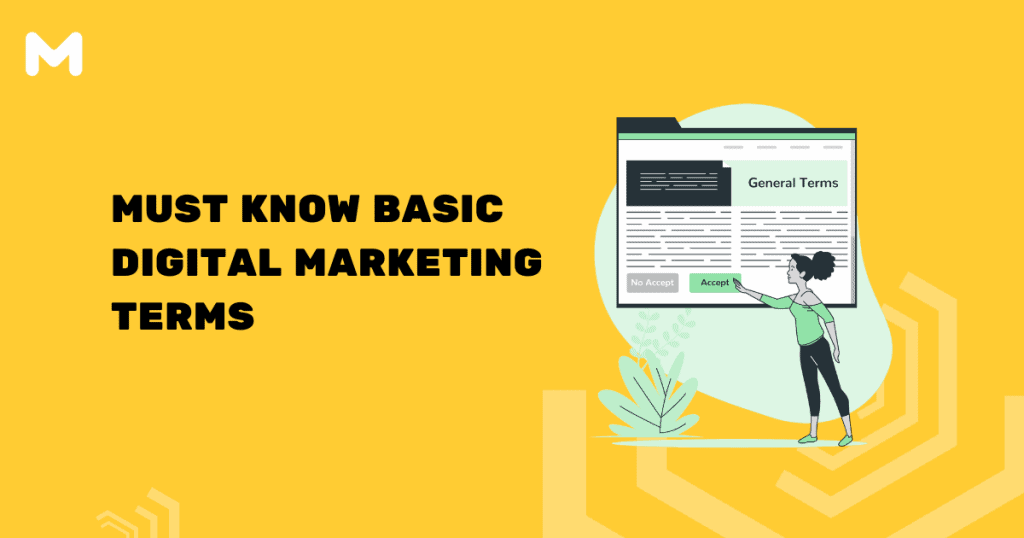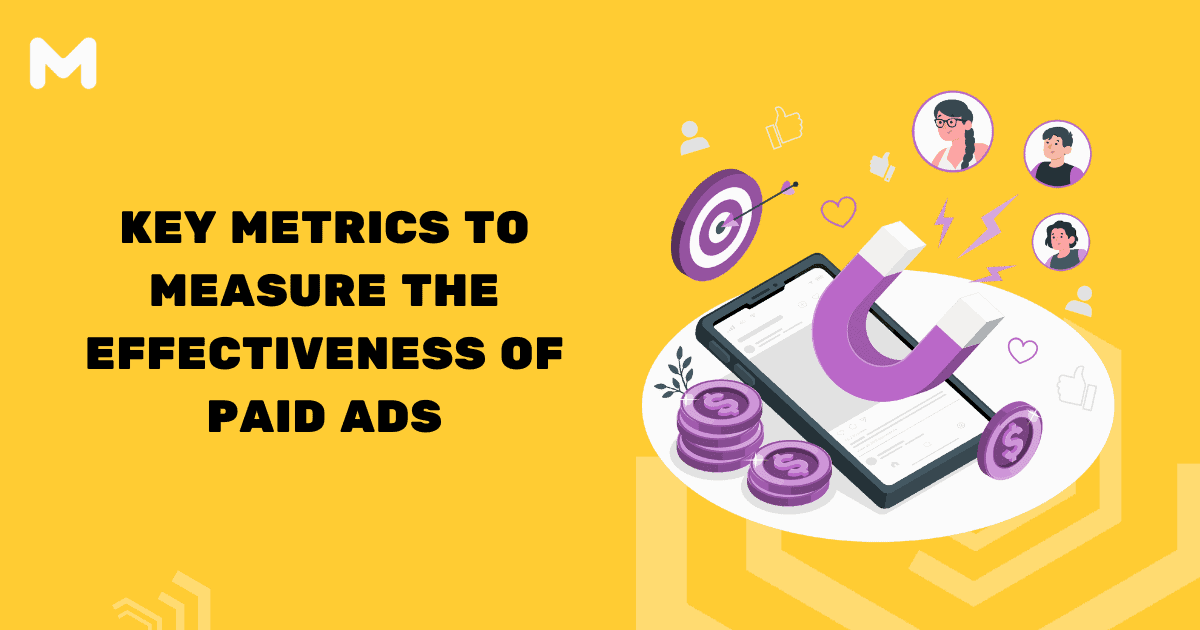Newbies in Digital Marketing
Keeping up with the new lingo is not that hard. Do not be pressured by your team and colleagues if you’re clueless in the meeting. Especially if you are new in digital marketing. We here at MECACA dare to say, if you know how to maneuver your social media or perform simple searches on Search Engine, then you are good to go!
For starters, every digital marketer should know the “what” and the “why” behind each of these terms. The acronym is the “what” and what they stand for is the “why”. If you’ve been looking for a way to improve your marketing vocabulary, or you want to find a marketing glossary, you’re in the right place.
Basic Digital Marketing Terms You Must Know
While the terms like SEO or SEM are common, we’ll be focusing on digital marketing terms that new and experienced marketers alike may have overlooked or be fuzzy on.
- Bounce Rate – Bounce rate is an Internet marketing term used in web traffic analysis. It represents the percentage of visitors who enter the site and then leave rather than continuing to view other pages within the same site.
- CTA (Call to Action) – It is a marketing term for any design to prompt an immediate response or encourage an immediate sale. A CTA most often refers to the use of words or phrases that can be incorporated into sales scripts, advertising messages, or web pages, which compel an audience to act in a specific way.
- CTR (Click-through Rate) – Click-through rate is the ratio of users who click on a specific link to the number of total users who view a page, email, or advertisement. It is commonly used to measure the success of an online advertising campaign for a particular website as well as the effectiveness of email campaigns.
- Conversion Rate – Conversion rate optimization is the process of increasing the percentage of users or website visitors to take a desired action.
- CPM (Cost-Per-Thousand-Impressions) – Cost per mille, also called cost per thousand, is a commonly used measurement in advertising. It is the cost an advertiser pays for one thousand views or impressions of an advertisement.
- CPC (Cost Per Click) – It is an online advertising revenue model that websites use to bill advertisers based on the number of times visitors click on a display ad attached to their sites.
- PPC (Pay Per Click) – Pay-per-click is an internet advertising model used to drive traffic to websites, in which an advertiser pays a publisher when the ad is clicked. Pay-per-click is commonly associated with first-tier search engines.
- ROI (Return on Investment) – Return on investment or return on costs is a ratio between net income and investment. A high ROI means the investment’s gains compare favorably to its cost. As a performance measure, ROI is used to evaluate the efficiency of an investment or to compare the efficiencies of several different investments.
- Impressions – It is the number of times your ad is shown on a search result page.
- Inbound Link – this is a link on your website from some other website. It is also called Backlink.
- Organic traffic – The amount of traffic you receive on your website via any unpaid medium.


